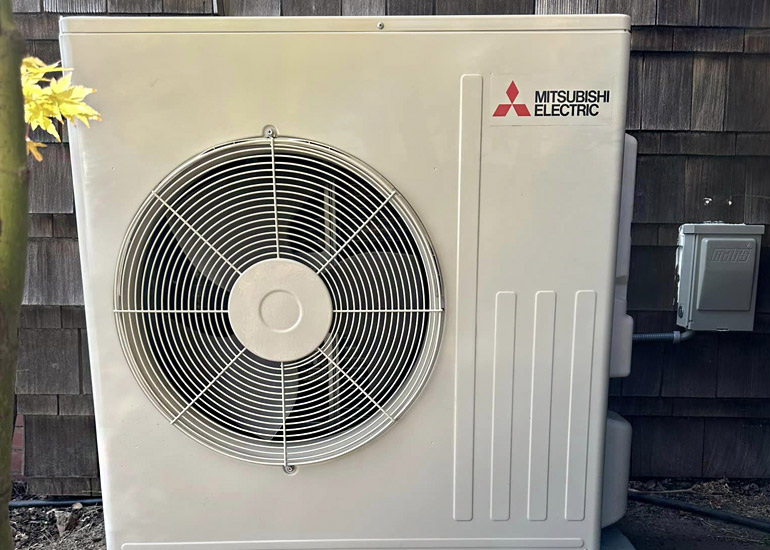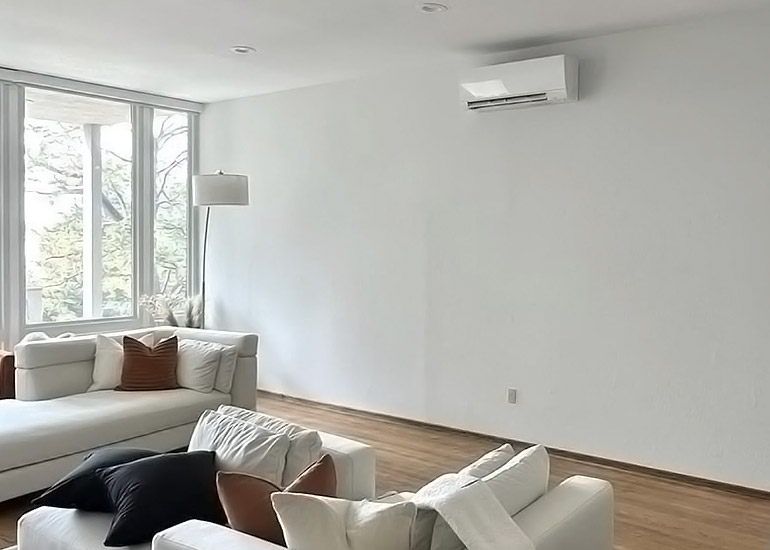 R-32 is a newer, safer refrigerant that works with a majority of air conditioning systems. All air conditioners and some other HVAC equipment such as heat pumps use some kind of refrigerant. Refrigerants are useful materials, often liquids, that can absorb and release heat when pressurized or when they undergo a chemical reaction. This ability is useful because we can harness it to move heat out of your home in the summer. We use the same principle in refrigerators and freezers.
R-32 is a newer, safer refrigerant that works with a majority of air conditioning systems. All air conditioners and some other HVAC equipment such as heat pumps use some kind of refrigerant. Refrigerants are useful materials, often liquids, that can absorb and release heat when pressurized or when they undergo a chemical reaction. This ability is useful because we can harness it to move heat out of your home in the summer. We use the same principle in refrigerators and freezers.
New refrigerants are being invented all of the time to improve on older versions. Here’s what you need to know about the latest kind, R-32, and how it can benefit you.
The Differences Between Refrigerants
While they are very useful, unfortunately, some refrigerants are not environmentally friendly or safe. Previously, many air conditioners used refrigerants that could harm the Ozone layer when they are released. The EPA has phased out two kinds of refrigerants over the years: CFCs and HCFCs as newer, better refrigerants have come along. Freon also called R-22,is now being phased out for R-32.
In fact, as of January of 2020, freon can no longer be made or imported to the United States. Instead, all freon must be recycled to high environmental standards. New systems must use approved refrigerants that have a lower impact on our Ozone layer. R-32 and R-410A can currently be used.
This decision isn’t just based on environmental factors. Refrigerants also differ in their efficiency. Some can absorb and release heat using much less energy than others. If your air conditioner can move more heat with less energy, that saves you in utility costs and further lowers your impact on the environment.
What is R-32?
R-32 is the latest refrigerant to be developed. The manufacturer, Daikin, argues that while R-410A does not have the Ozone-layer impact of other refrigerants, they still wanted to develop a way to use a new refrigerant to lower the overall global warming potential of our cooling technology. Essentially, they wanted a more efficient refrigerant.
R-32 also will not impact the Ozone layer. Plus, it has about the third of the global warming potential of R-410A. It’s more efficient and can help keep everyone’s home cool while lowering our collective impact on the environment.
R-32 is being adopted quickly across most of the world, especially in Japan, Australia and India. In the United States, refrigerant is expected to become the standard quickly, as old air conditioners give out and are replaced by those that can use this refrigerant.
Can I Switch to R-32 In My Air Conditioner?
You can also retrofit many older air conditioners to use this new refrigerant if you’d like to get the benefits of lower energy use in your current air conditioner. Switching is an especially good idea if you are currently using a refrigerant that does harm our Ozone layer.
Retrofitting is only possible on certain units and when allowed by the EPA. Your HVAC professional can tell you what you need to do to switch to an air conditioner that uses R-32 and how much energy savings you can expect from it too.





